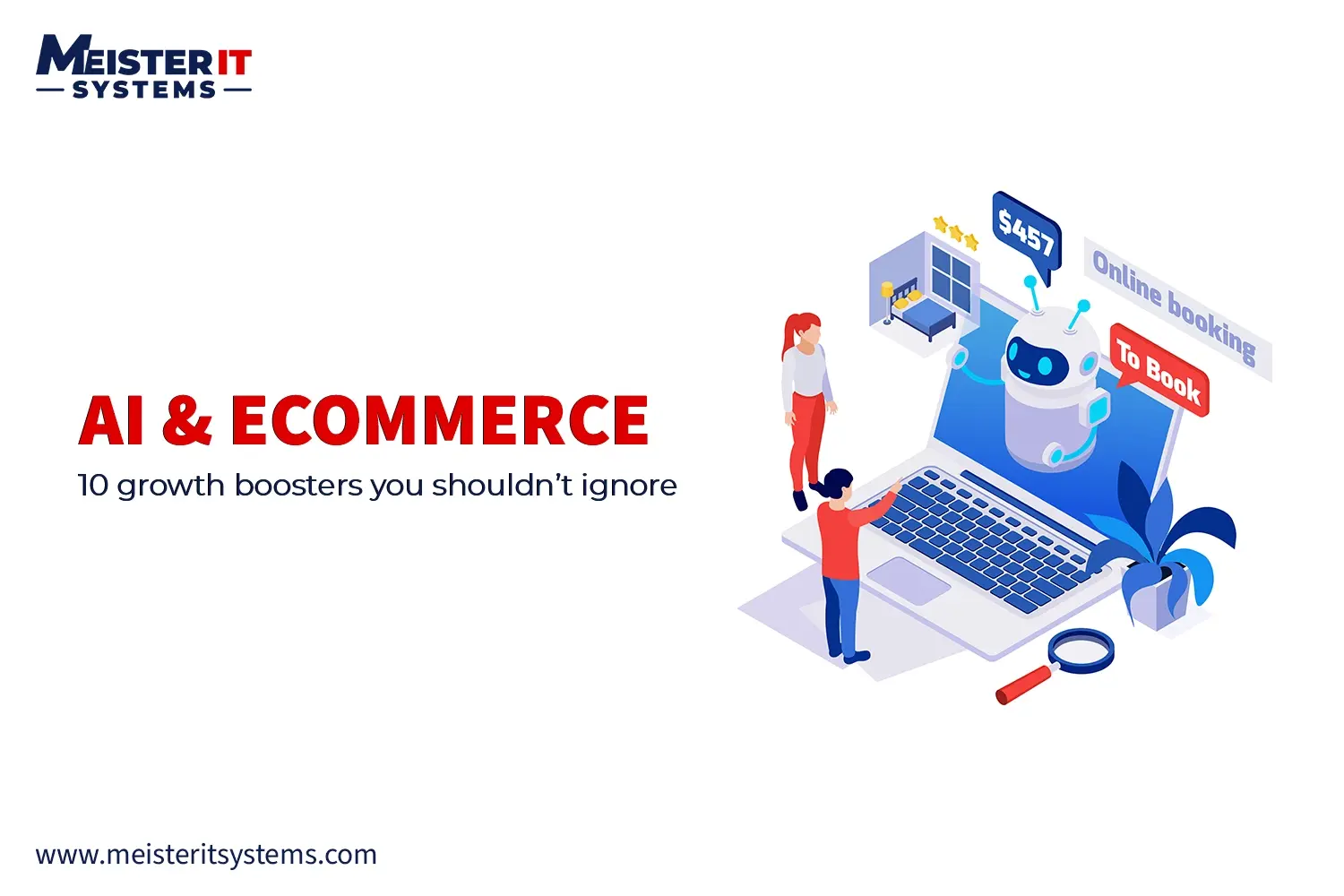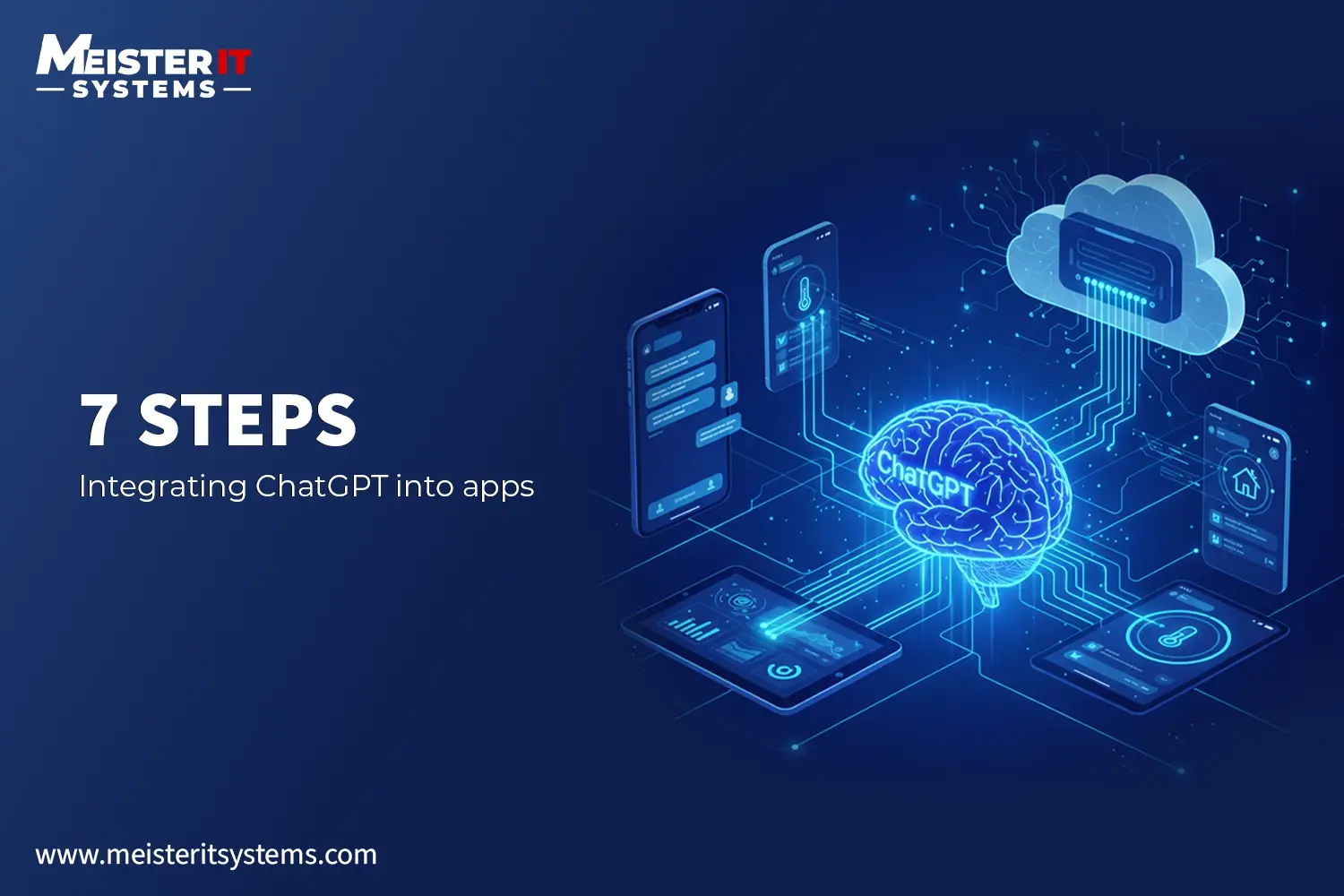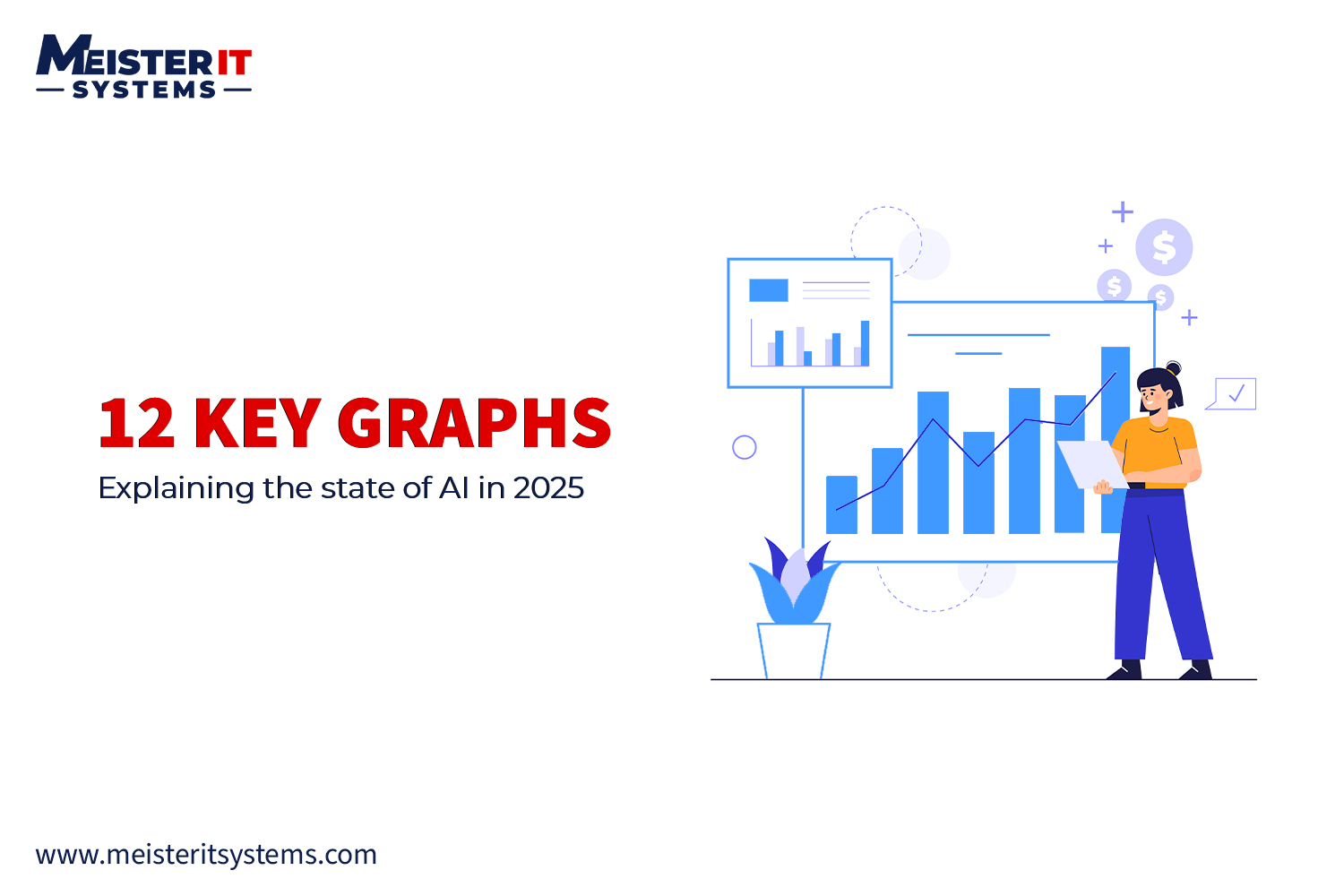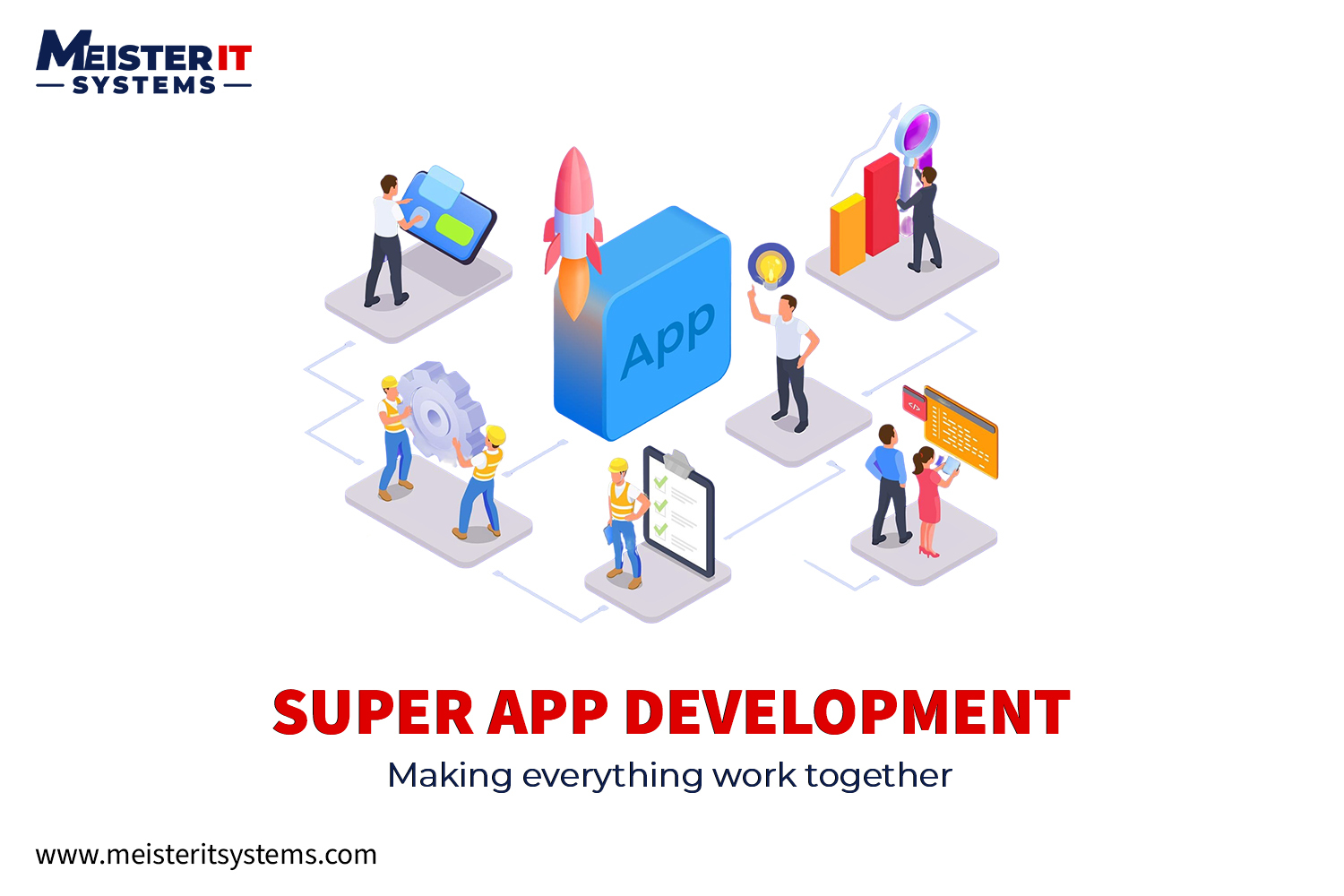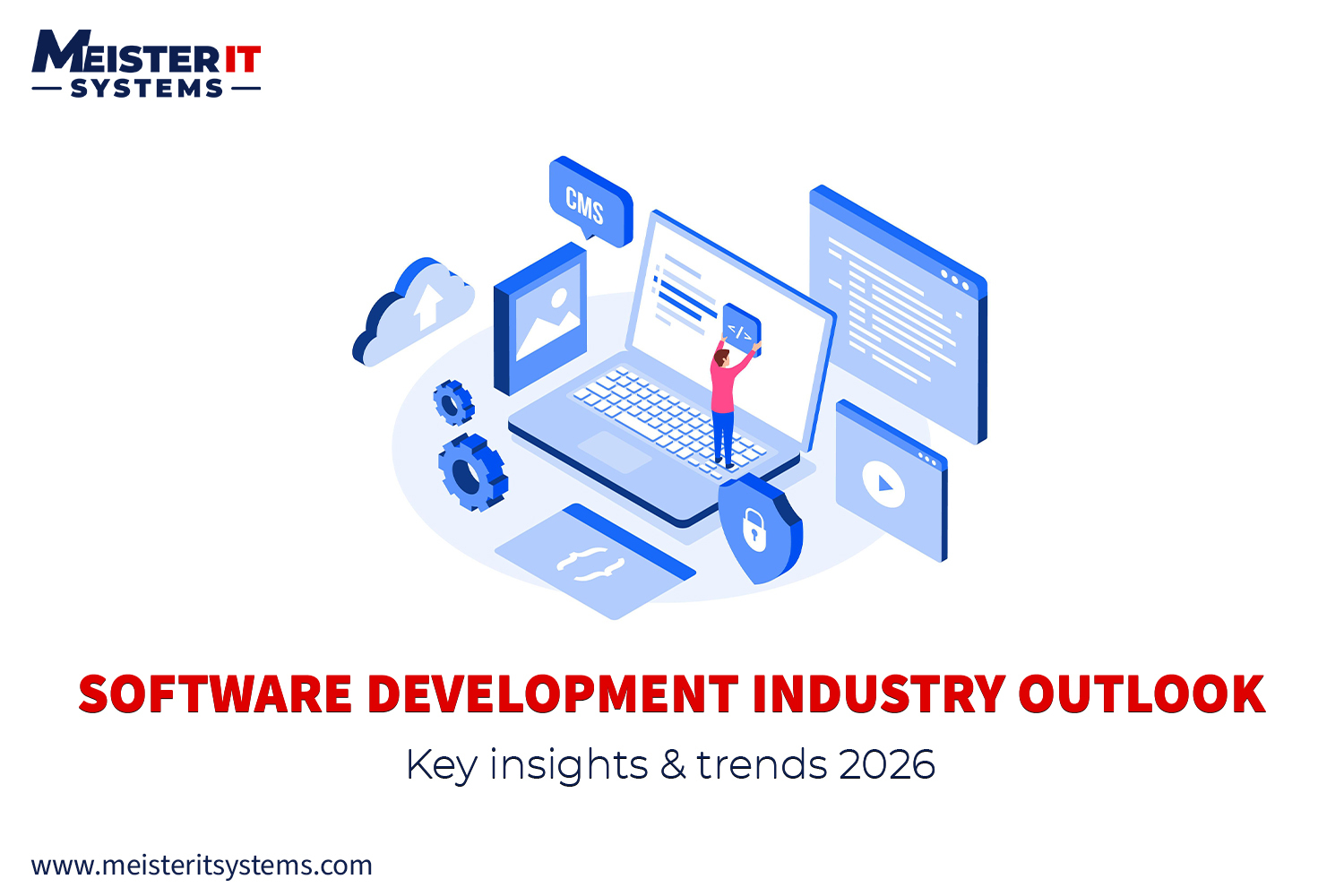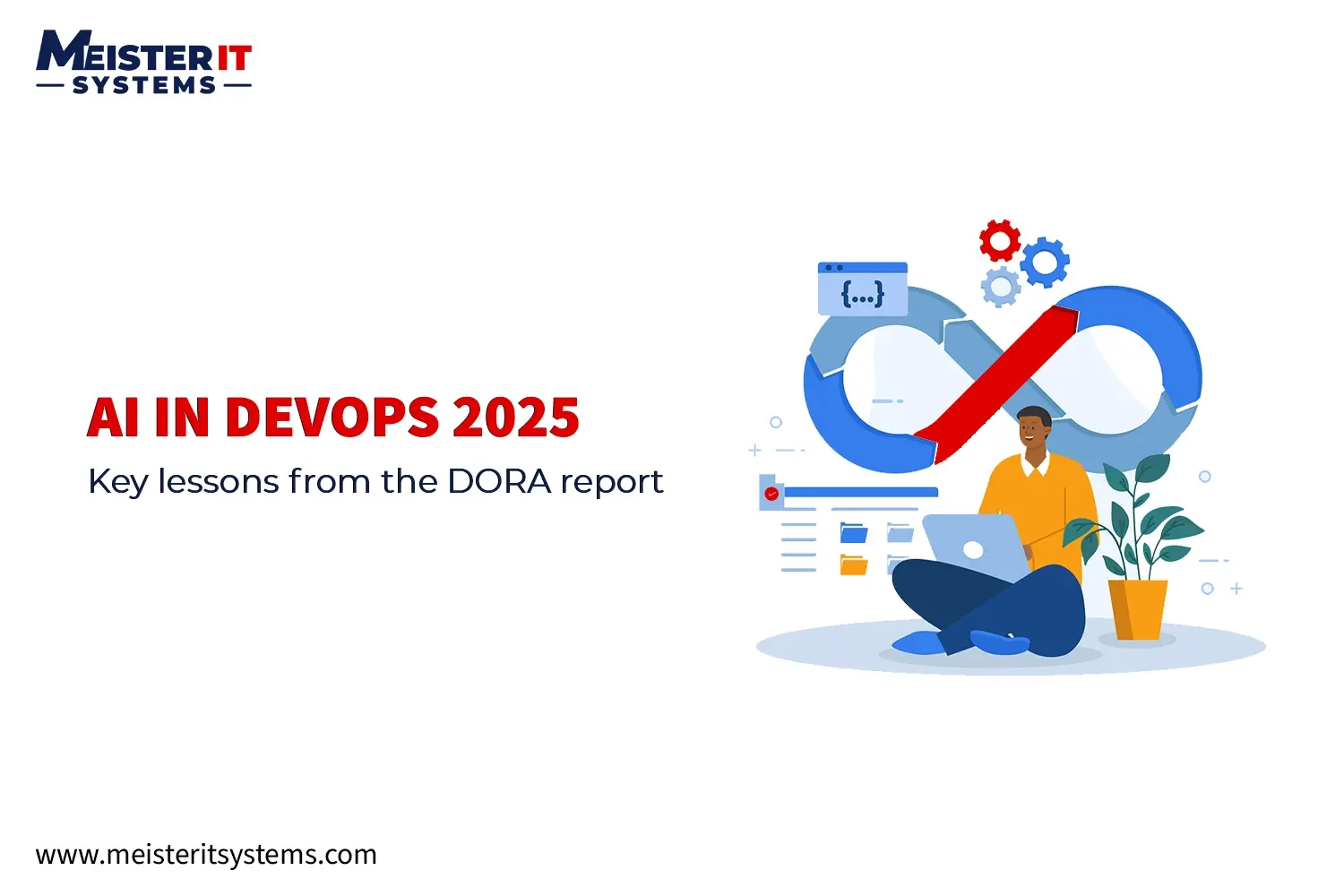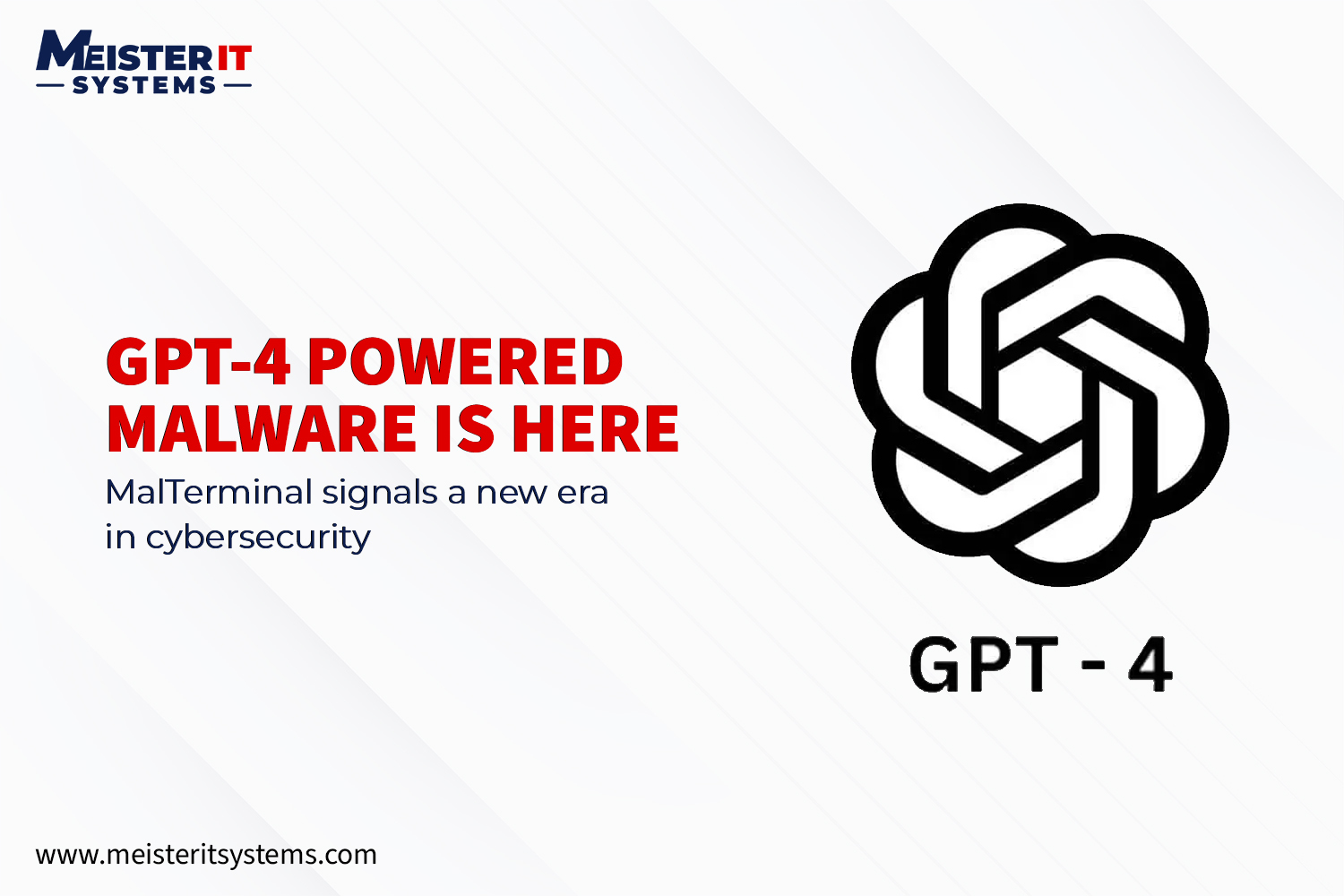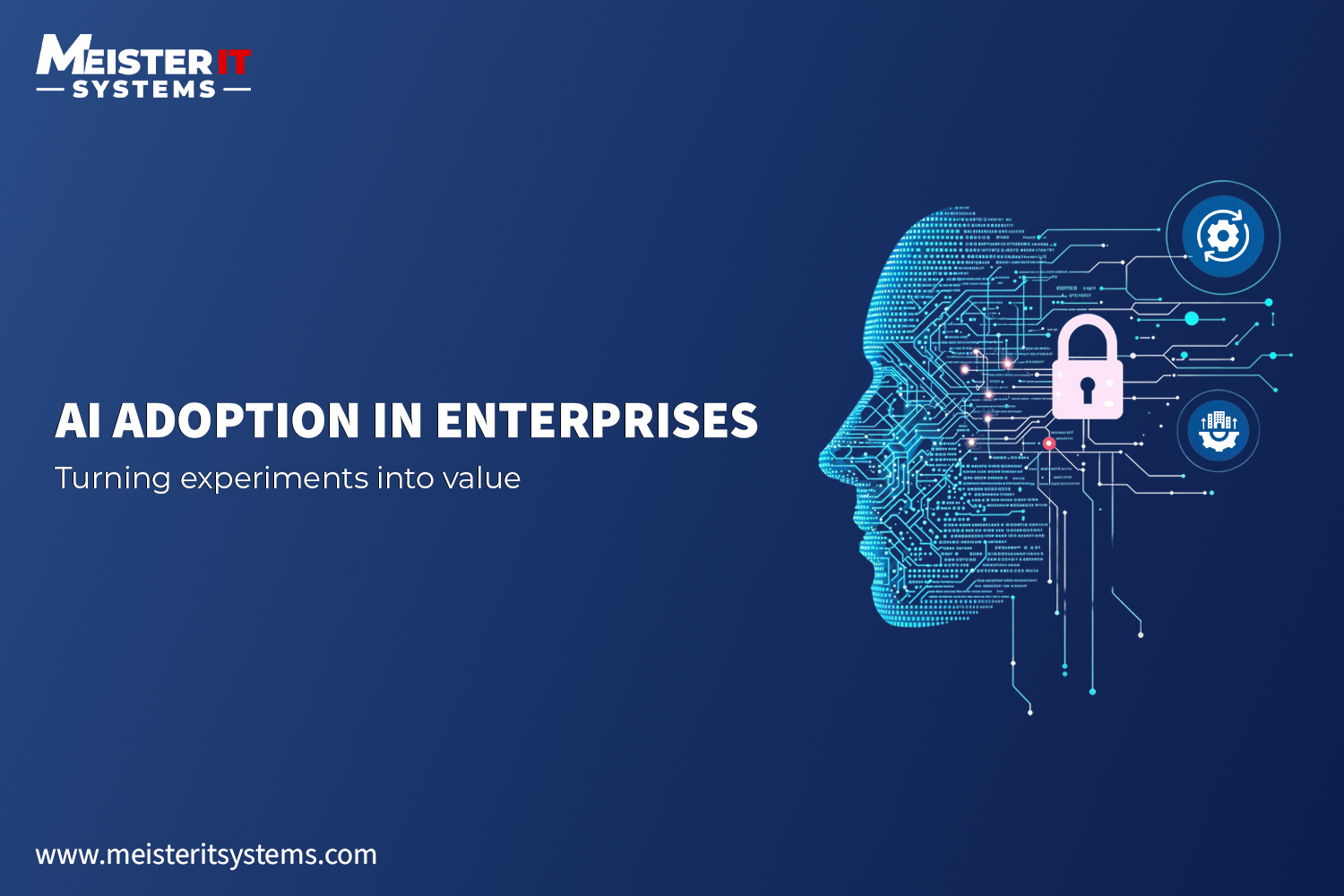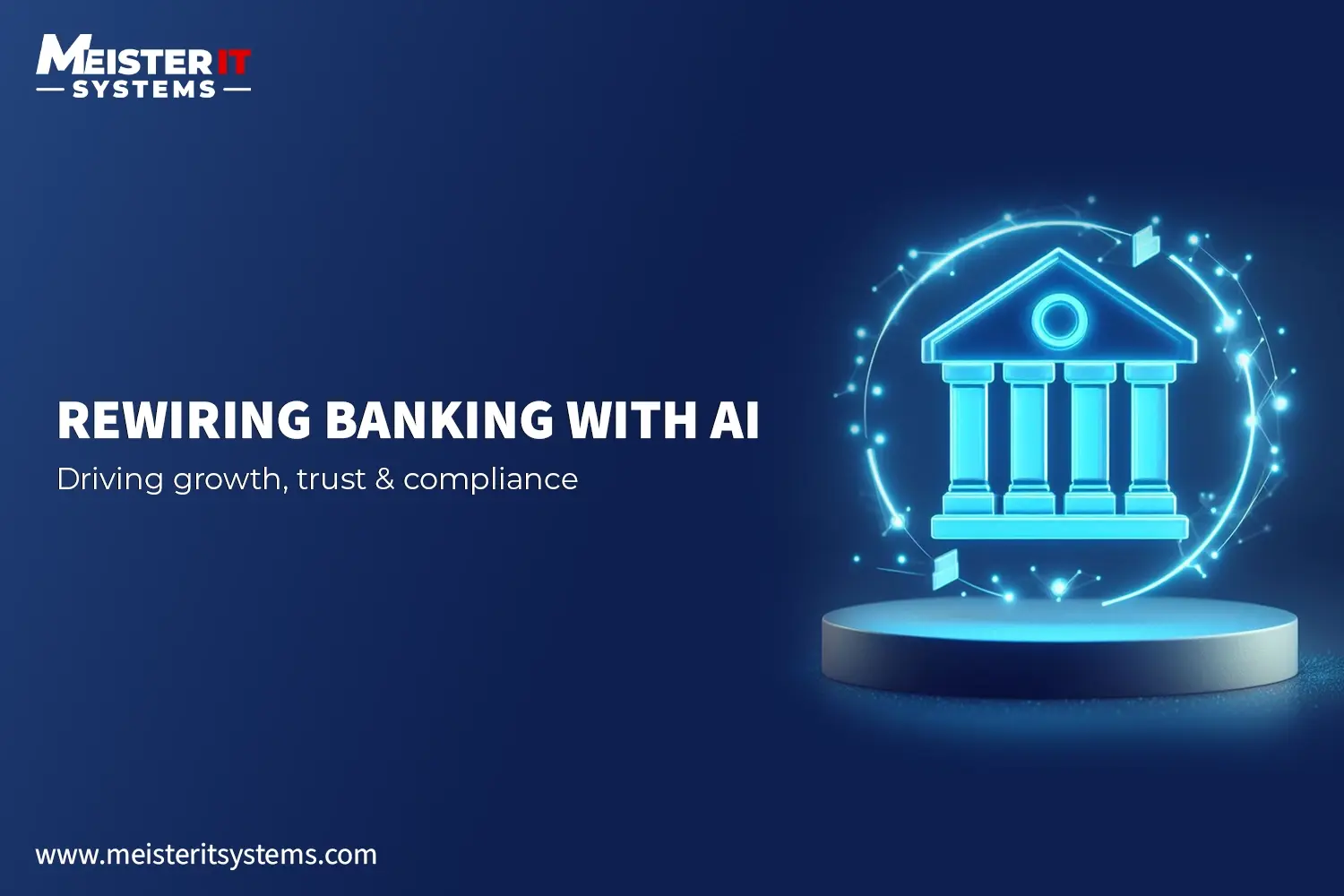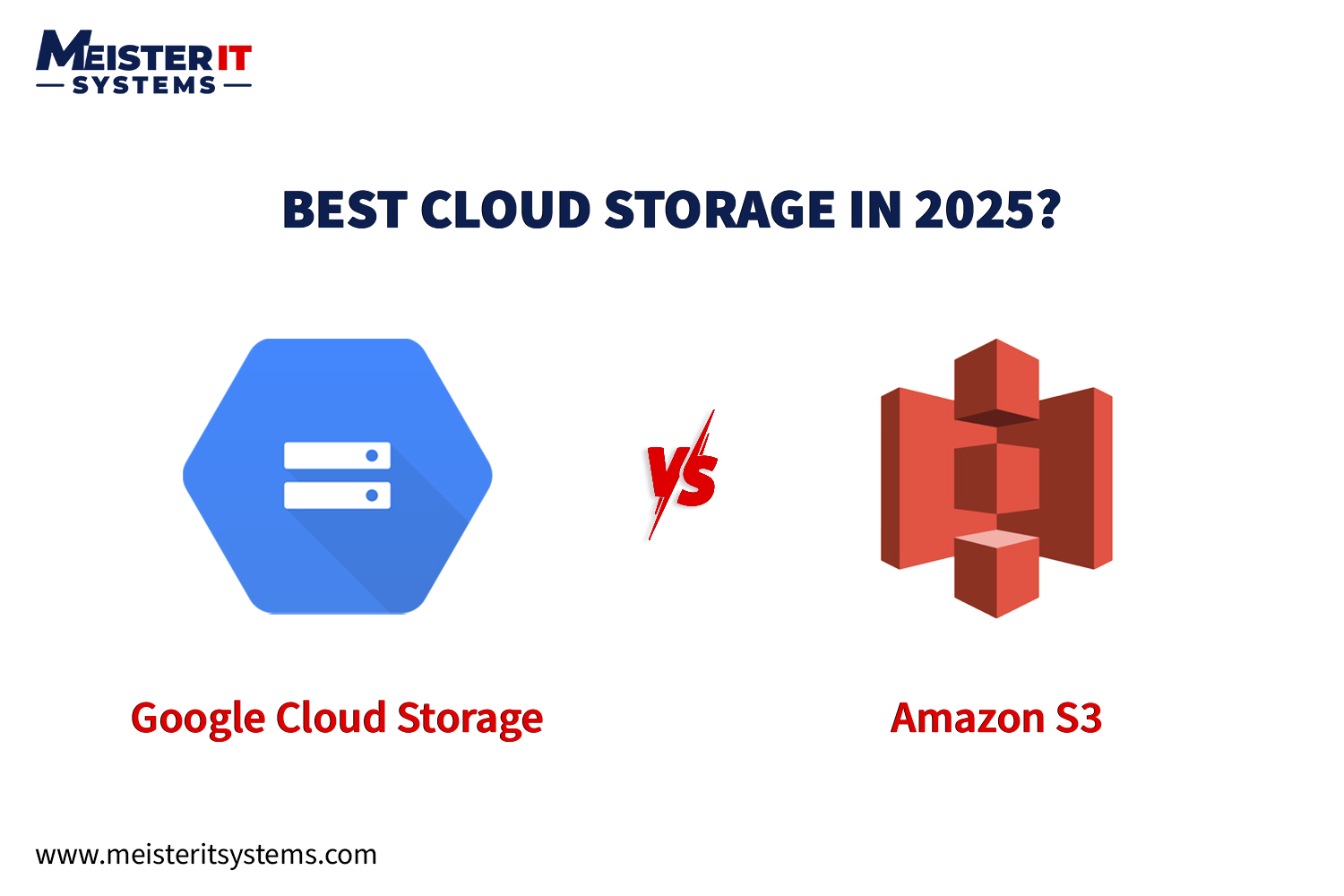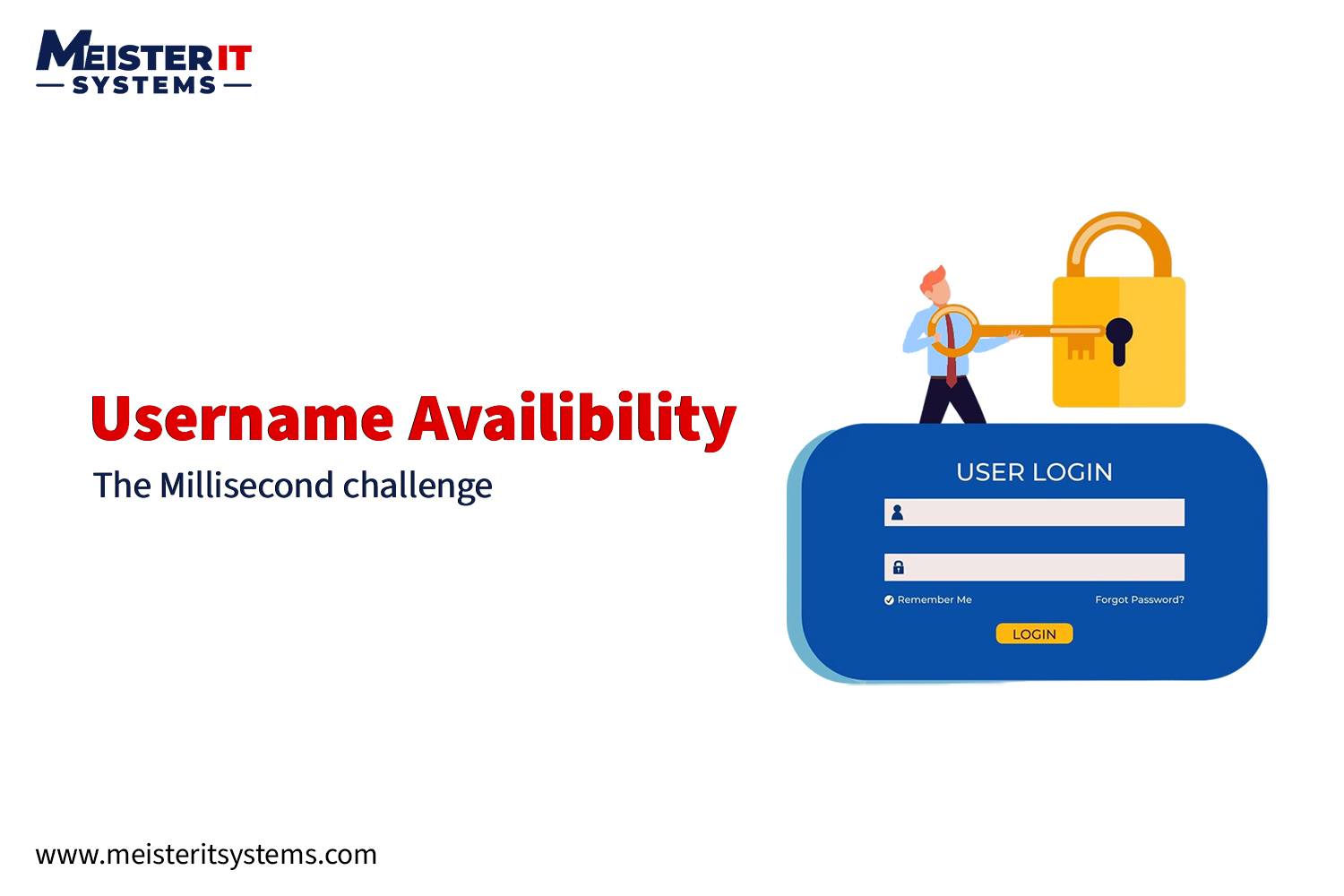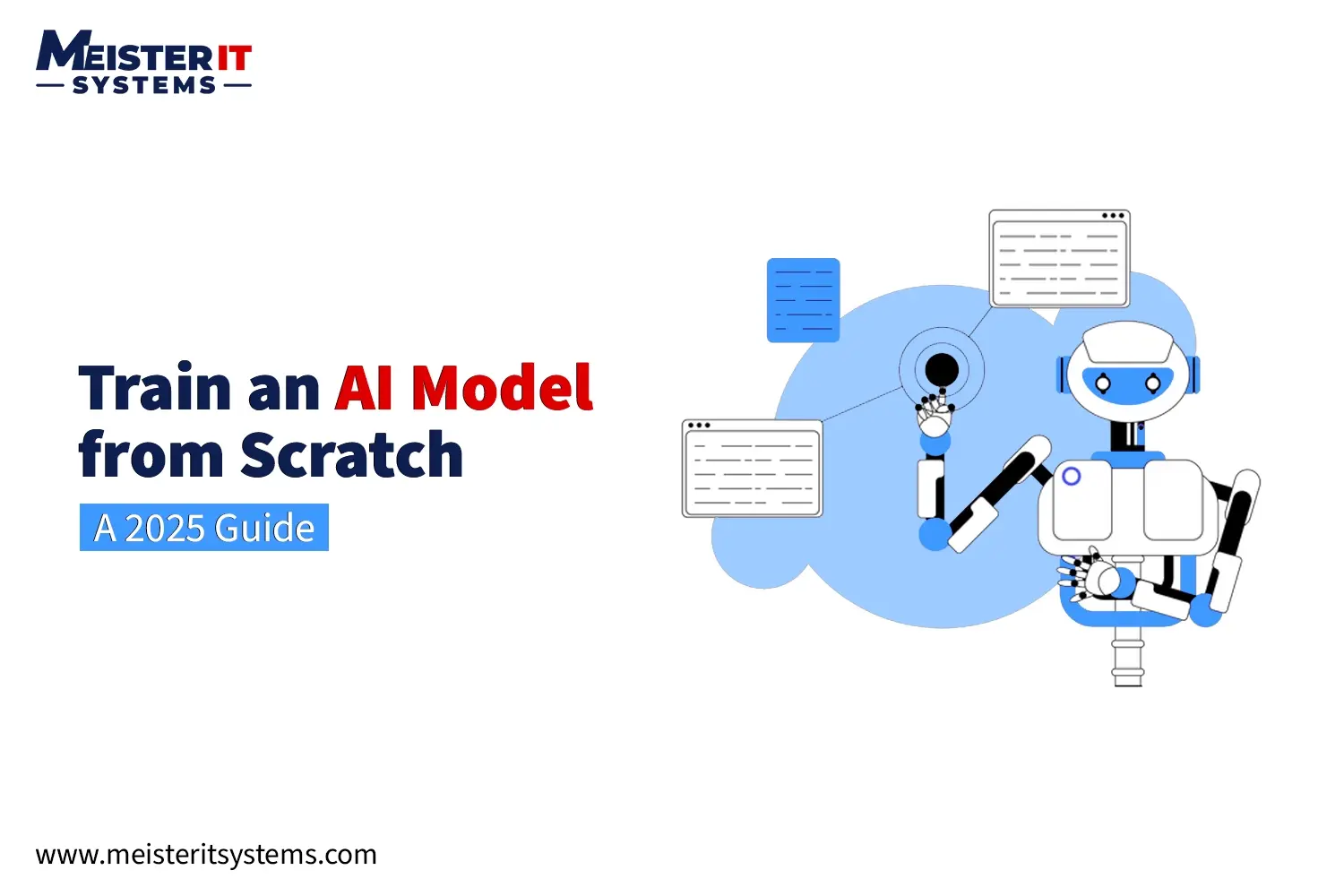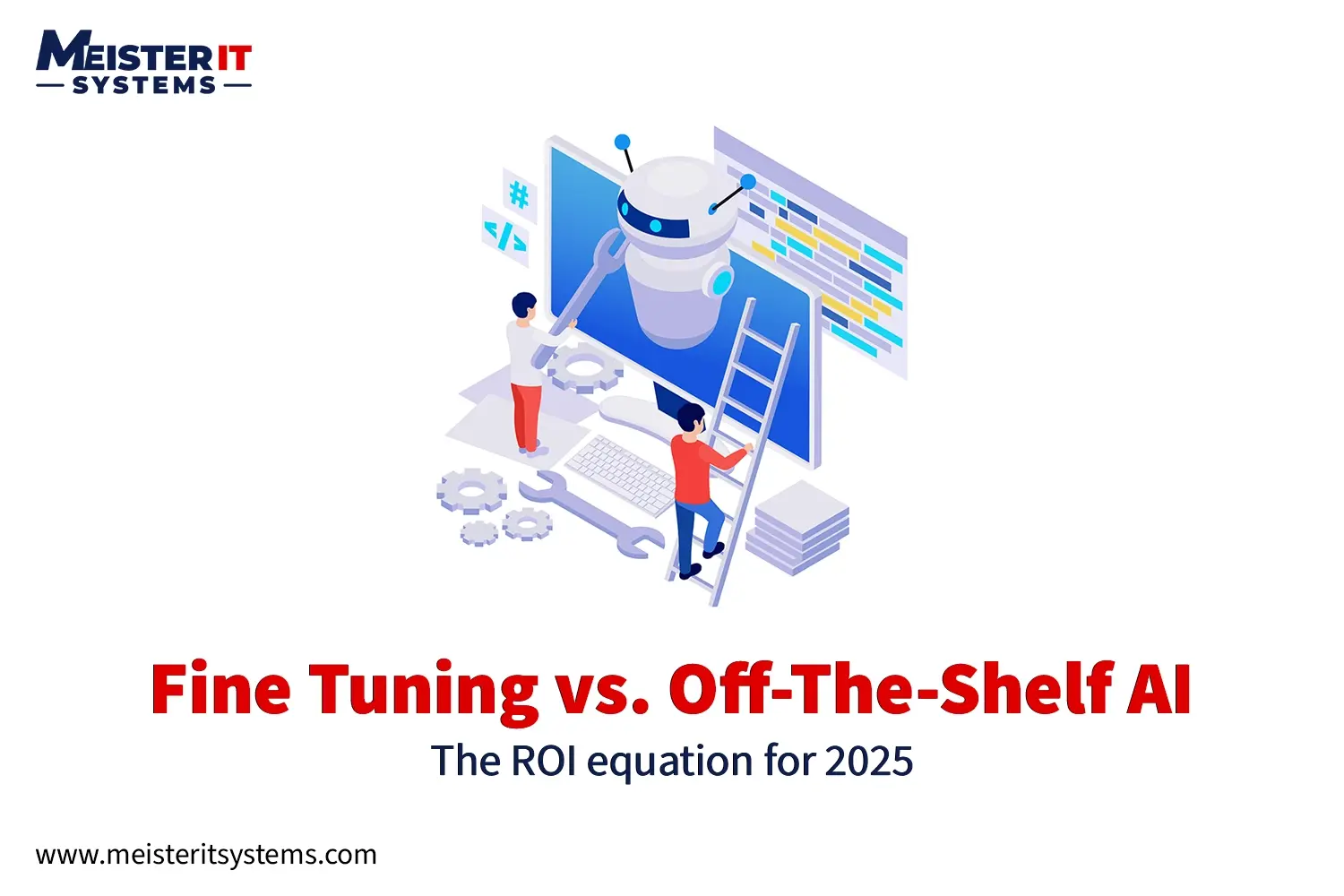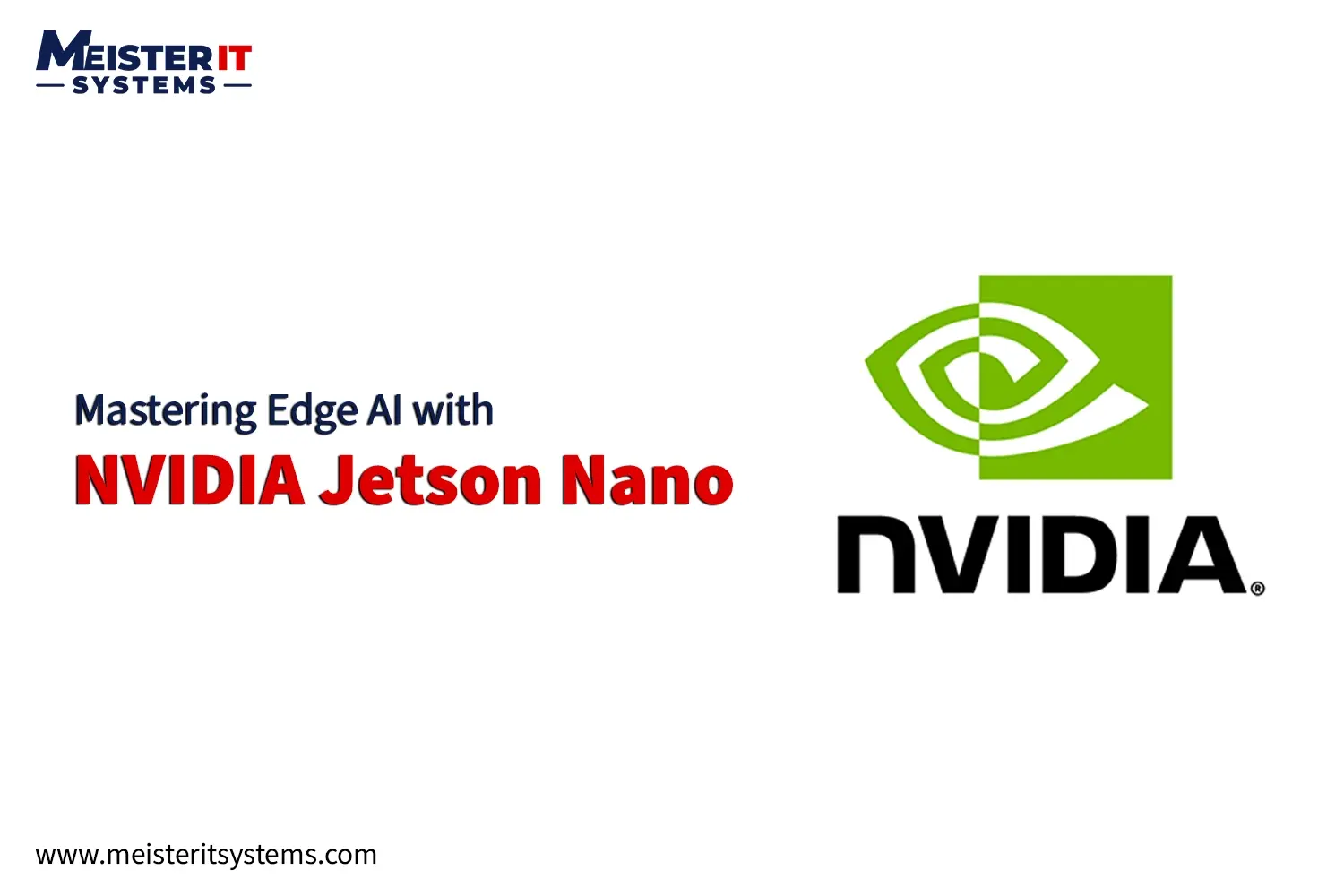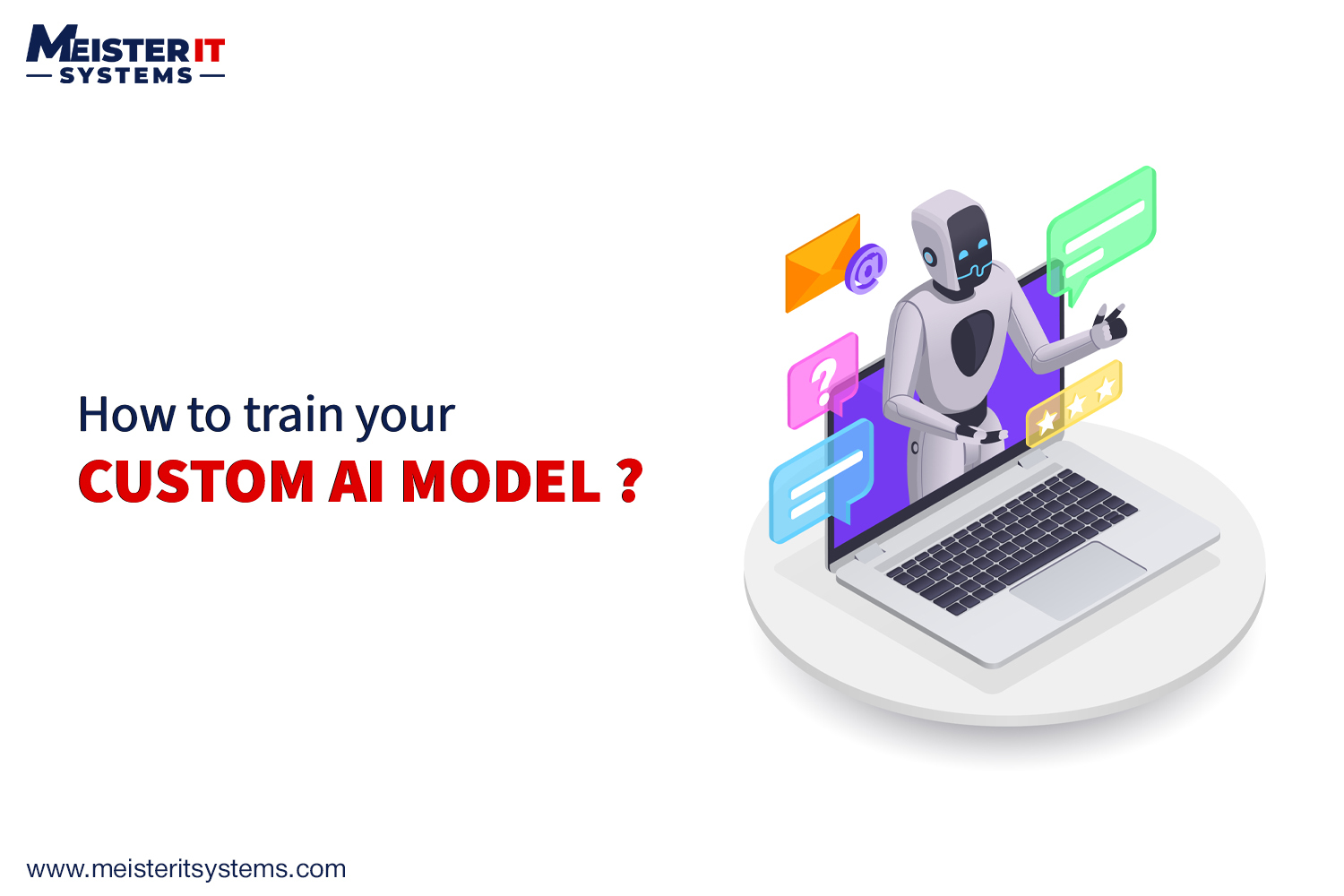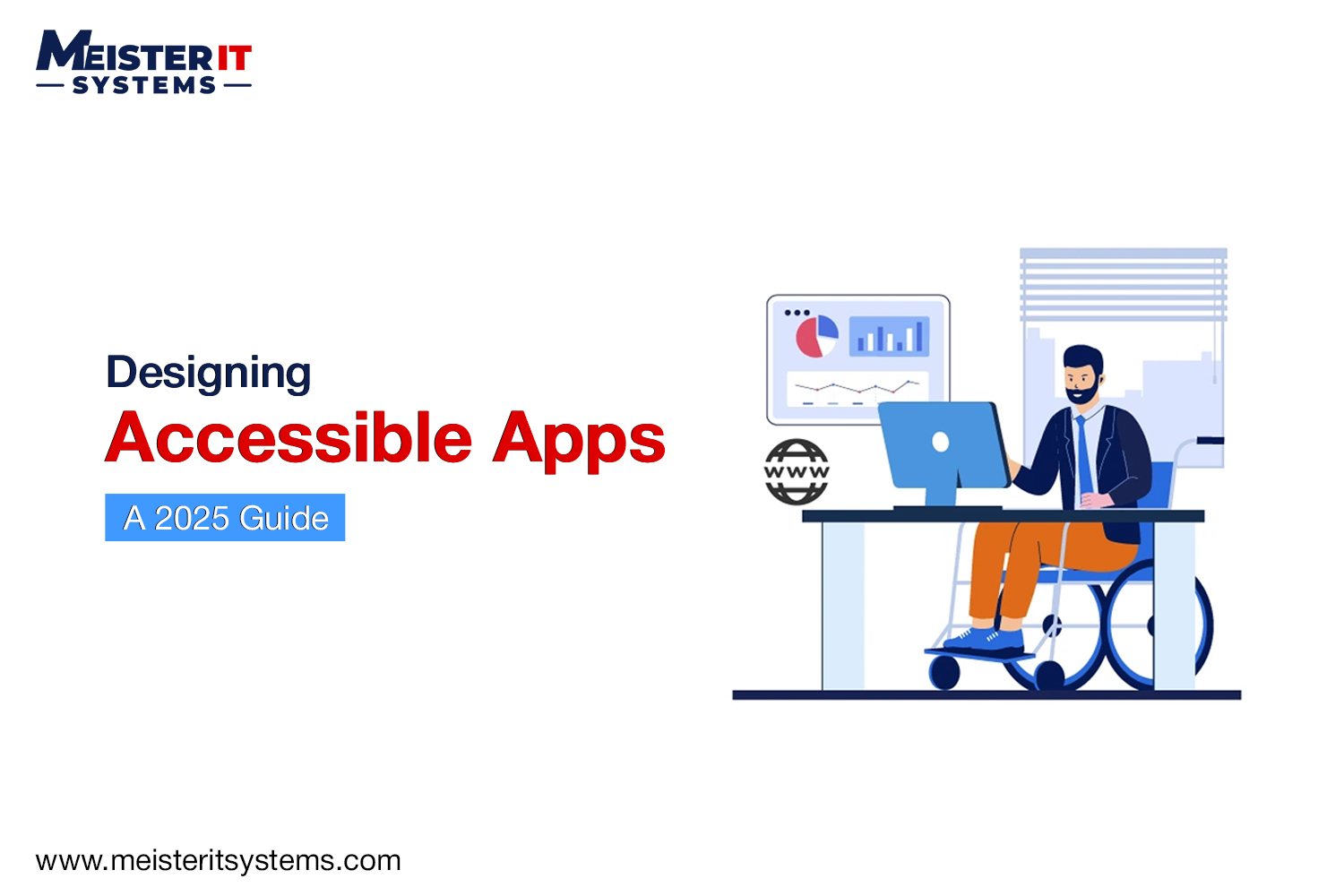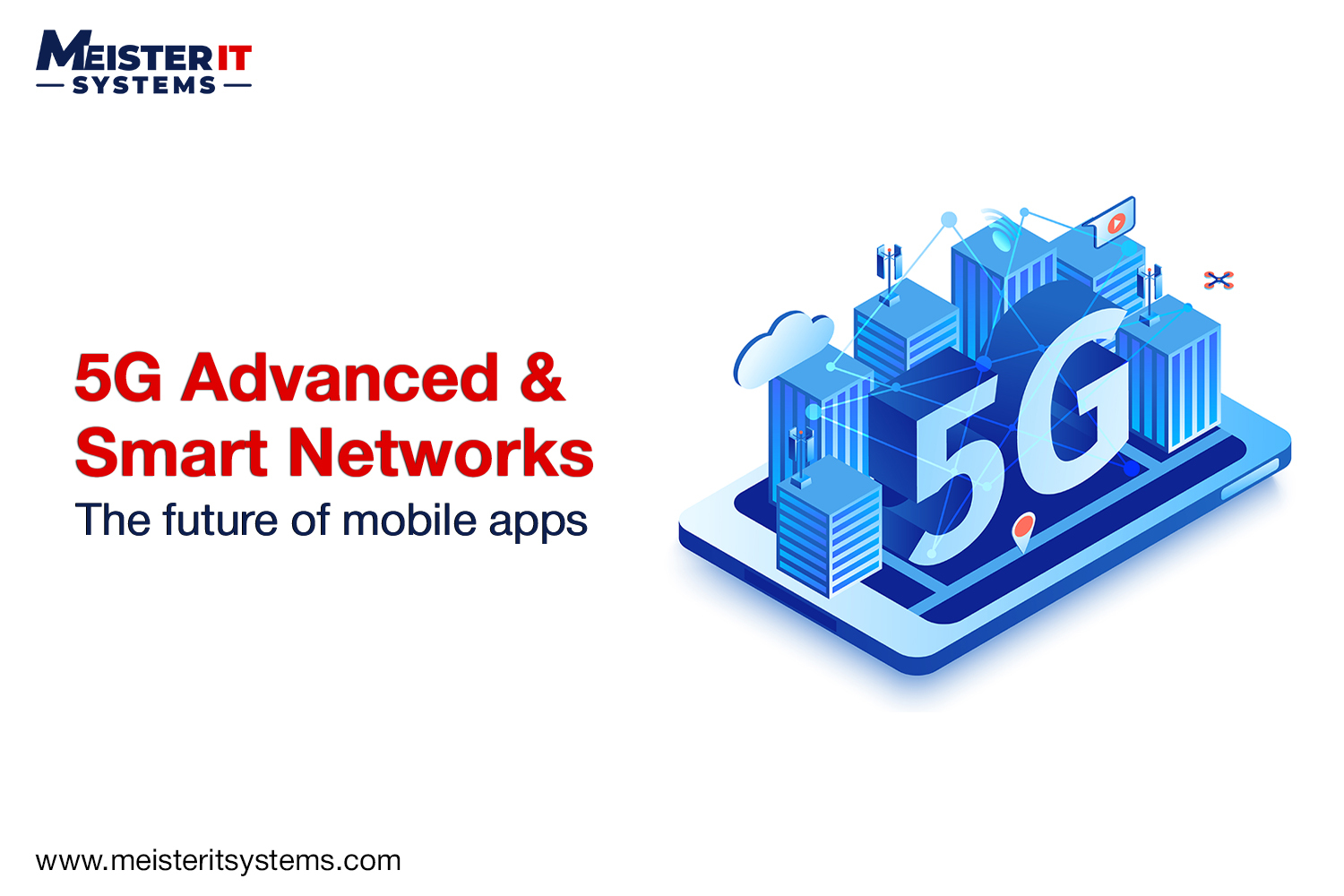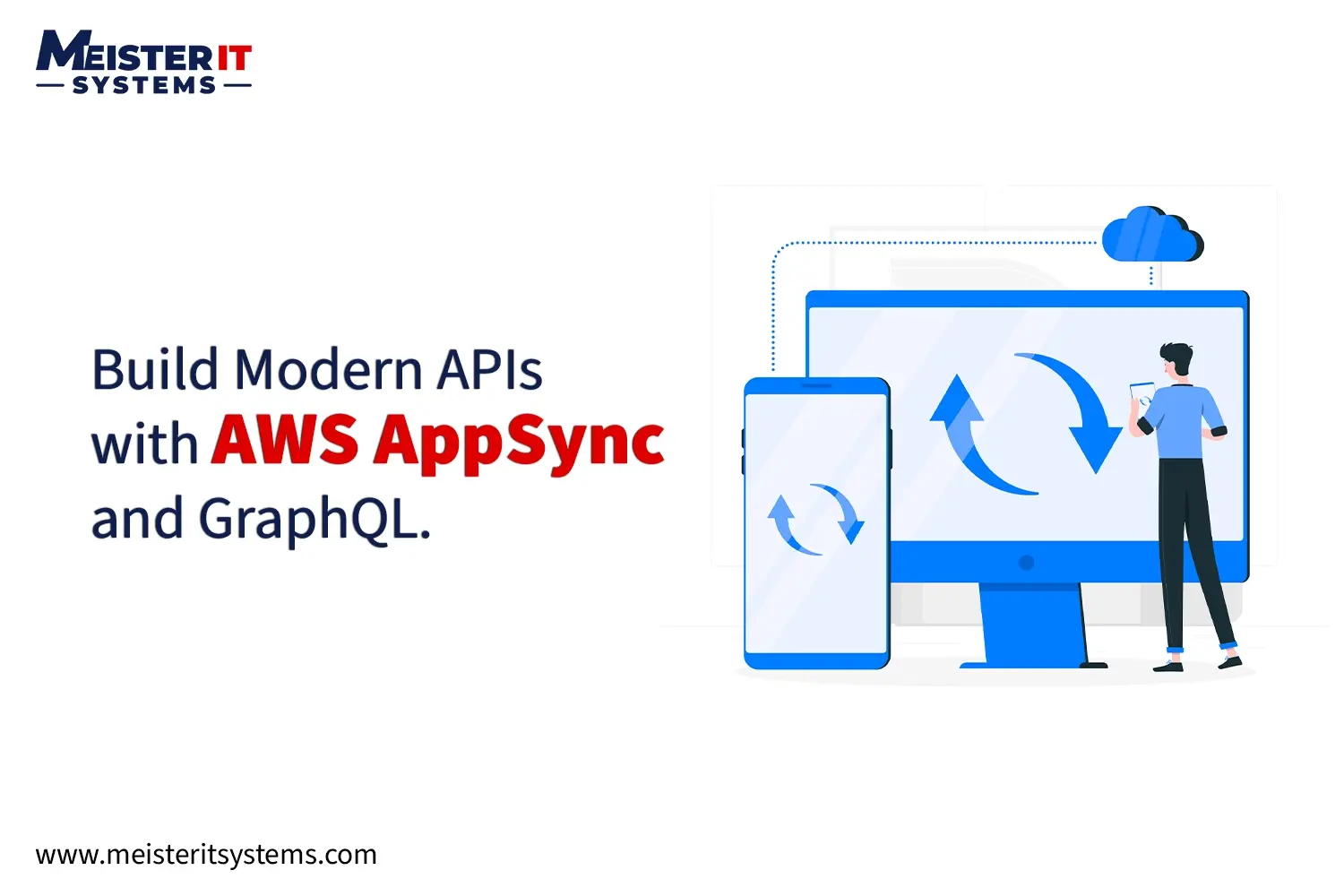
Introduction
APIs are the backbone of modern apps. But juggling multiple endpoints, real-time data, offline access, and security often slows development. AWS AppSync changes the game. It is a fully managed GraphQL service that gives you real-time capabilities, seamless integrations, and robust security – all from a single API layer.
In this blog, we will break down what AWS AppSync is, how it works, and why it is a go-to choice for building scalable, event-driven, and mobile-friendly applications.
What is AWS AppSync?
AWS AppSync is a fully managed service that simplifies how applications interact with various backend services. It allows developers to build real-time, scalable APIs with minimal configuration. AppSync helps developers create flexible GraphQL APIs by securely connecting applications to backend data sources like DynamoDB, Lambda, OpenSearch, Amazon RDS, and others.
The real strength of AppSync lies in its ability to combine multiple data sources into a single API endpoint. It handles key backend operations such as real-time updates, authorization, data aggregation, and caching without requiring additional configuration. This lets engineering teams focus more on delivering user value than managing infrastructure.
Why AppSync Matters for Enterprise Applications?
Modern enterprises juggle multiple data sources, real-time demands, and offline workflows—all while aiming for seamless user experiences. AWS AppSync simplifies this complexity with a unified, scalable GraphQL solution that keeps your apps fast, responsive, and connected.
Let’s understand why AppSync is becoming essential for enterprise-grade applications..
1. Streamlined Data Access
Enterprise systems often rely on multiple backend services. Traditionally, consuming data from different sources meant dealing with various REST endpoints, authentication methods, and inconsistent response formats. AppSync addresses this by offering a unified GraphQL endpoint. Clients can query multiple data sources in one request, significantly reducing development time and maintenance overhead.
2. Real-Time User Experiences
User expectations around responsiveness are increasing. Applications such as live dashboards, collaboration tools, and customer support platforms depend heavily on real-time data updates. AppSync supports real-time data through subscriptions using WebSockets, which eliminates the need for inefficient polling methods.
As demand for real-time apps continues to grow, AWS has scaled up AppSync’s throughput. The service now supports up to 10,000 request tokens per second in select regions. This increase highlights the rising adoption of AppSync among large enterprises building performance-critical systems.
3. Offline Support and Synchronization
Businesses developing mobile-first or field apps often face connectivity issues. AppSync enables offline access by syncing local data and automatically updating the backend once the user reconnects. Industries such as logistics, healthcare, and retail benefit greatly from this feature, allowing users to work uninterrupted even in remote areas.
How AWS AppSync Works?
Behind the scenes, AWS AppSync processes millions of GraphQL queries daily, enabling real-time data access from multiple sources.
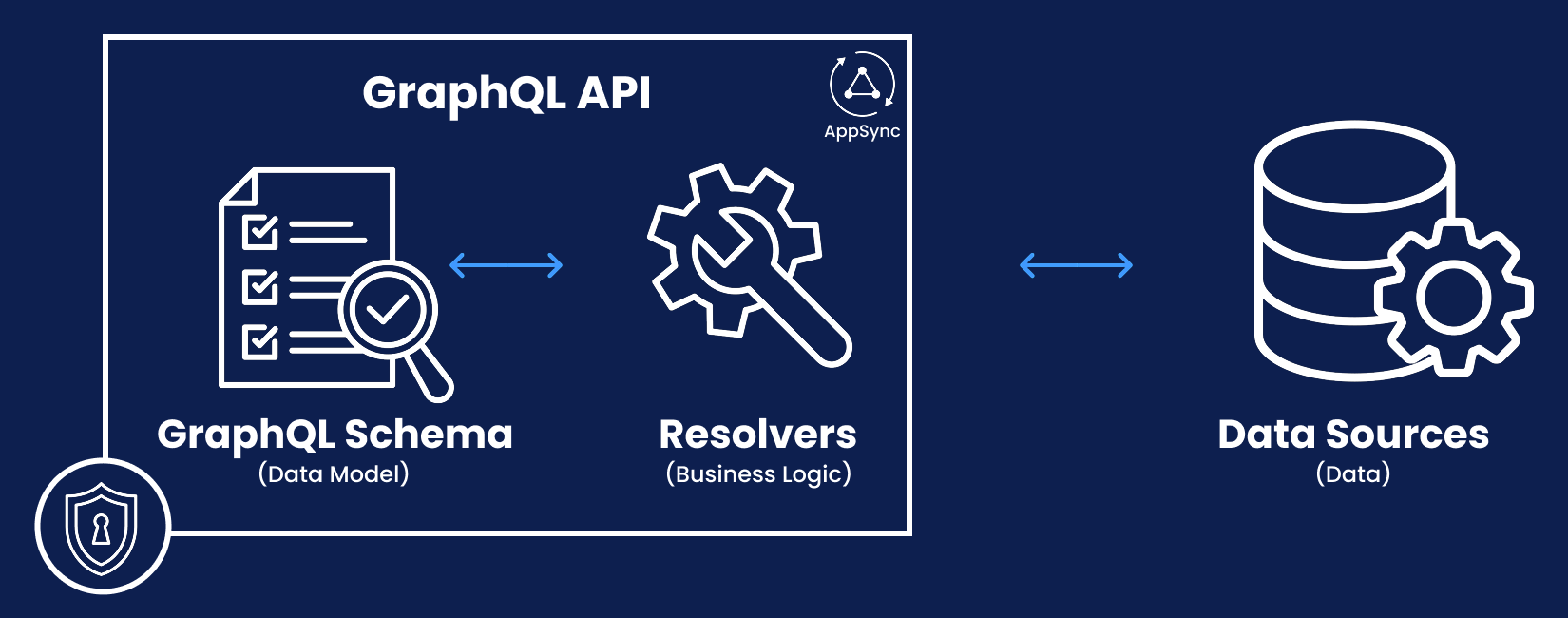
Here’s the flow of how AWS AppSync works from start to finish:
1. Define the GraphQL Schema
The first step is to define a GraphQL schema, which sets the structure for your API. This schema outlines the types of data, the queries for fetching data, the mutations for updating data, and the subscriptions for real-time updates.
2. Map Schema Fields to Resolvers
Once the schema is in place, each field (like a query or mutation) is connected to a resolver. The resolver determines how AppSync should fetch or modify the data by mapping it to appropriate data sources, such as DynamoDB, Lambda, RDS, or third-party APIs.
3. Write Resolver Logic
After the schema and resolvers are defined, you’ll write the logic for each resolver. This logic can be simple using Velocity Template Language (VTL) or more complex if you use AWS Lambda functions to handle advanced data manipulation or integration. For instance, a query to fetch product details might use a DynamoDB resolver to retrieve information based on a product ID.
4. Set Up Subscriptions for Real-Time Updates
For applications that require real-time updates, you’ll set up subscriptions in the schema. This enables AppSync to push live data updates to clients as soon as changes occur, leveraging WebSockets for continuous communication.
5. Configure Security and Access Control
At this point, you’ll define authentication and access control. AppSync supports various methods, such as Amazon Cognito for user-based authentication, AWS IAM for role-based access, or Lambda authorizers for custom authentication logic. You can set up fine-grained access control to ensure the right users have access to specific data.
6. Connect Clients to the API
With the schema, resolvers, and security in place, clients can now connect to the AppSync GraphQL endpoint. They can execute queries, mutations, and subscriptions to interact with the backend data as defined by the schema.
7. Monitor and Troubleshoot
Once the API is live, you can use Amazon CloudWatch to monitor the performance of the API. CloudWatch helps you track query execution times, view resolver logs, and identify any errors, allowing you to fine-tune and optimize performance.
8. Scale Seamlessly
Finally, AWS AppSync is fully serverless and scales automatically based on demand. You don’t need to manage infrastructure; AppSync will scale to handle millions of requests without any manual intervention.
Key Features AWS of AppSync
Looking for an efficient way to build scalable, real-time applications with integrated data sources? Here are the key features of AWS AppSync that you should know:
- Unified Data Layer: Access multiple data sources through a single GraphQL endpoint.
- Real-Time Subscriptions: Get live updates for apps like trading platforms or collaboration tools.
- Flexible Authorization: Supports API Keys, Amazon Cognito, IAM, and Lambda authorizers for custom access control.
- Offline Support: Works with Amplify to cache data and sync changes once online.
- Conflict Resolution: Handle data conflicts using built-in strategies or custom logic.
AppSync Use Cases in the Real World
Understanding where AppSync shines can help you decide if it’s the right fit for your business needs. From live dashboards to offline-first mobile apps, AppSync is being used in production by startups and enterprises alike.
Here is where it is making the biggest impact.
1. Real-Time Collaboration Tools
Applications such as project management tools, chat apps, and online whiteboards require constant data updates. AppSync’s GraphQL subscriptions simplify the implementation of real-time collaboration features without needing a separate WebSocket infrastructure.
2. Unified Interface for Microservices
Enterprises using microservices often deal with fragmented APIs. AppSync acts as a GraphQL gateway that consolidates these services into a single endpoint. This improves frontend development speed and ensures better maintainability of service boundaries.
A growing number of businesses are adopting GraphQL federation to unify distributed systems. Gartner predicts, “By 2027, 30% of enterprises utilizing GraphQL will employ GraphQL federation, up from less than 5% in 2024.
3. Multi-Tenant SaaS Platforms
SaaS products that serve multiple organizations need robust data isolation. AppSync enables tenant-level access control using resolver logic and context-aware authorization. Each tenant can access their own data securely while the overall API design remains shared.
4. Customer-Facing Mobile Apps
Apps built for end users often need both real-time functionality and offline capabilities. Whether it’s a fitness tracker, food delivery app, or remote medical assistant, AppSync ensures users can interact with the app without disruption.
REST vs GraphQL via AppSync
Below is the comparison between REST and GraphQL via AppSync:
| Feature | AppSync (GraphQL) | REST API |
|---|---|---|
| Data Fetching | Client-defined | Server-defined |
| Endpoints | Single endpoint | Multiple endpoints |
| Real-Time Support | Built-in | Requires manual setup |
| Offline Capability | Supported through SDK | Requires custom work |
| Flexibility | High | Moderate |
| Versioning | Unnecessary | Often required |
AppSync provides a modern and efficient approach to API development. REST APIs remain suitable for certain use cases, but GraphQL is increasingly the preferred option for dynamic and scalable applications.
Cost Considerations
AppSync uses a pay-per-request pricing model. Charges are based on:
- Query and mutation requests
- Real-time WebSocket connections
- Data transfer
This model allows businesses to scale without overspending on unused infrastructure. Compared to building and maintaining custom real-time layers, AppSync often offers better long-term cost efficiency.
Final Thoughts
AWS AppSync is a modern solution for building flexible, real-time APIs with minimal infrastructure effort. It brings together real-time updates, offline access, and integrated data sources through a single, scalable GraphQL endpoint. Whether you’re modernizing your API stack or launching a new application, AppSync offers the speed, flexibility, and cost-efficiency your business needs.
At MeisterIT Systems, we design robust cloud-native architectures using AWS tools like AppSync. Our team can help you build and deploy real-time, serverless APIs tailored to your goals.
Want to integrate real-time GraphQL APIs into your stack?
Contact us to make it happen.



